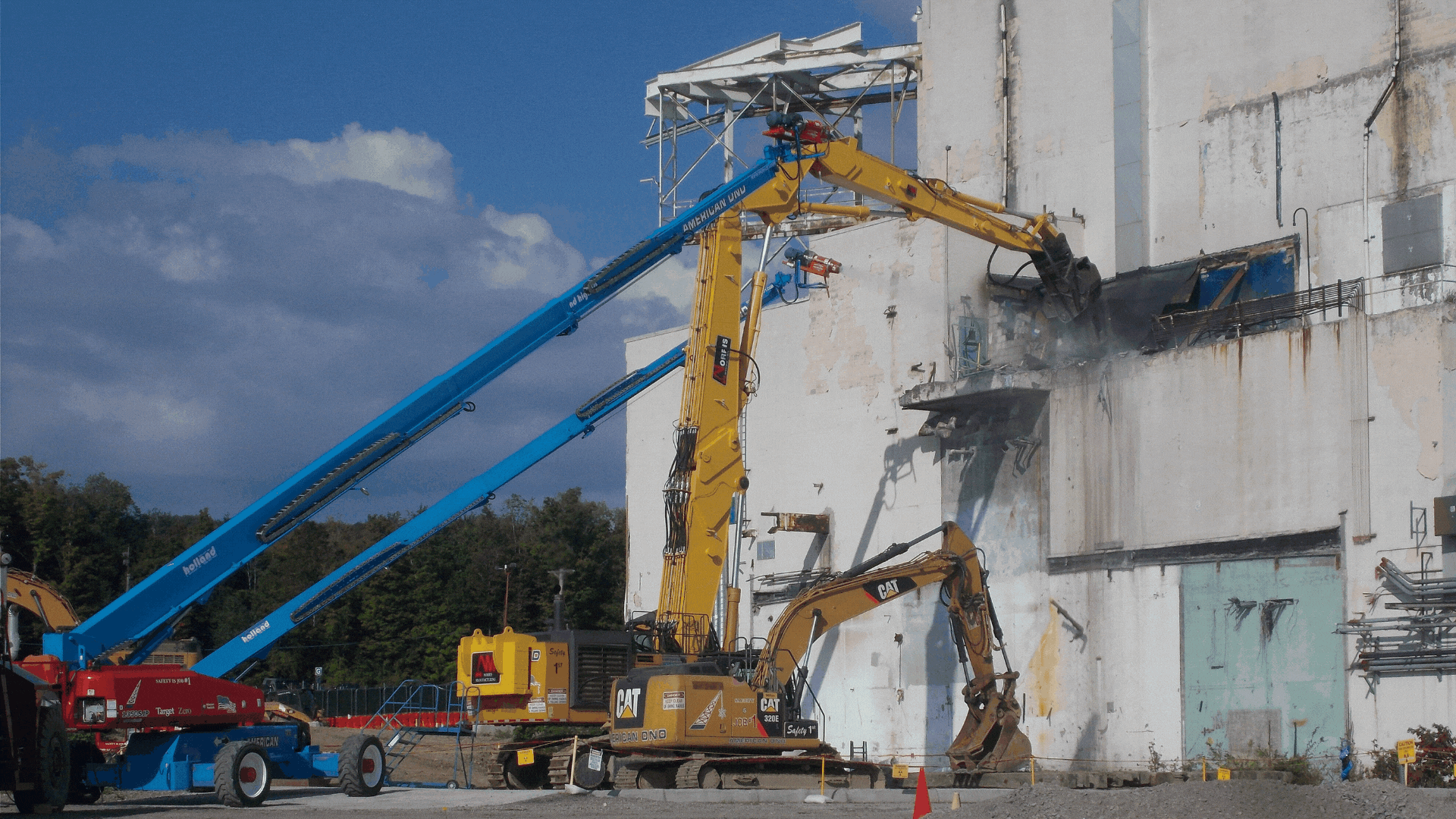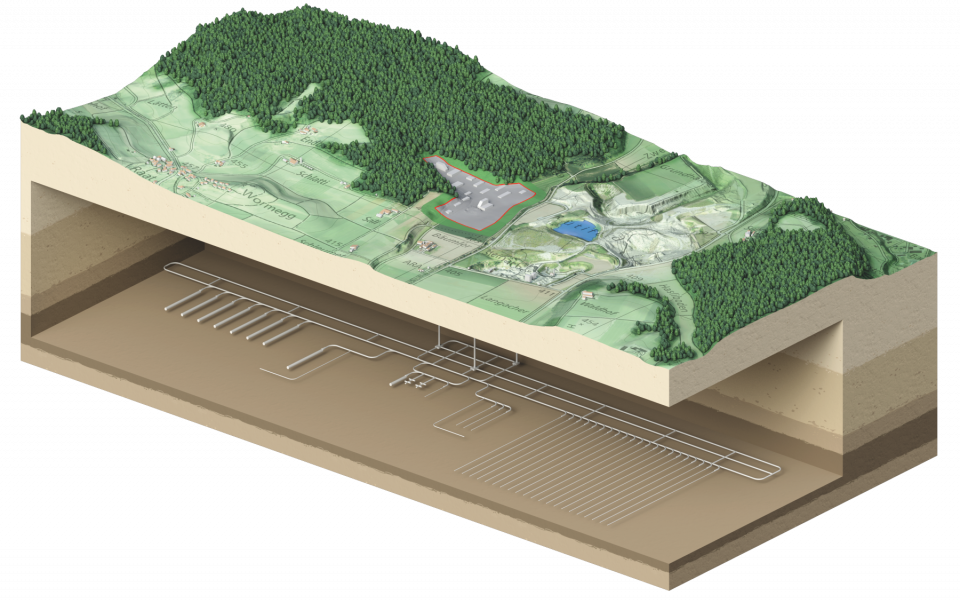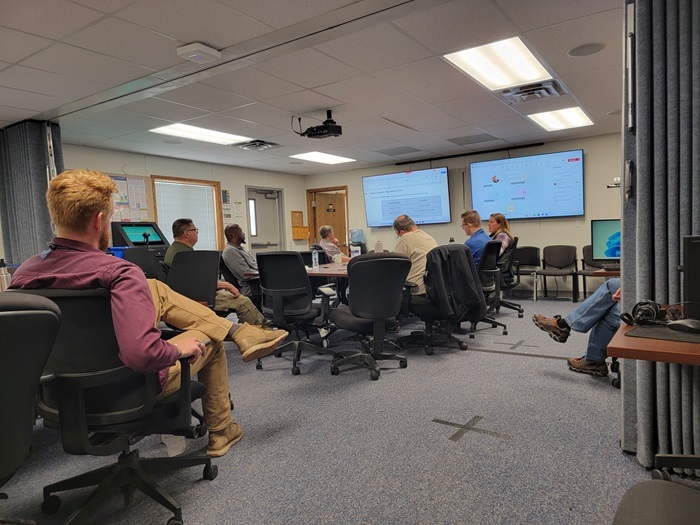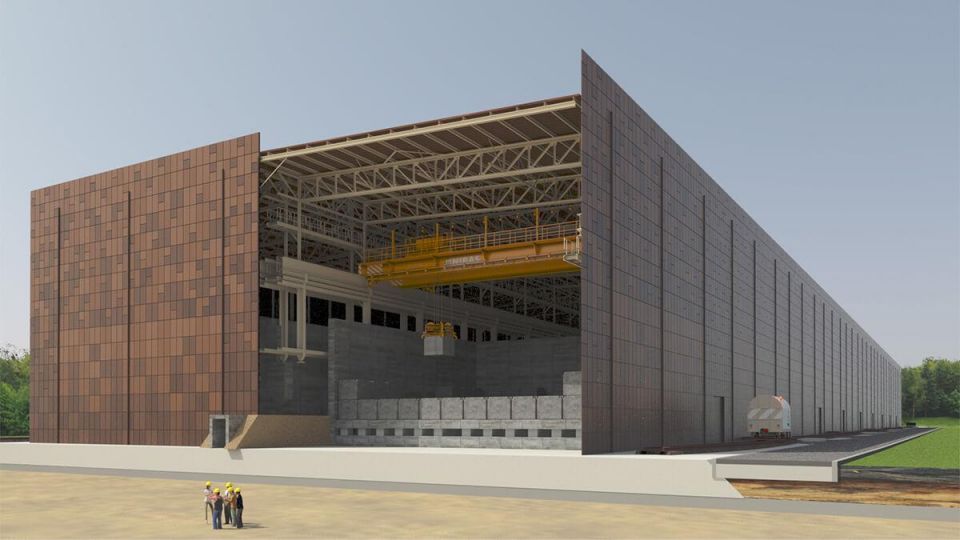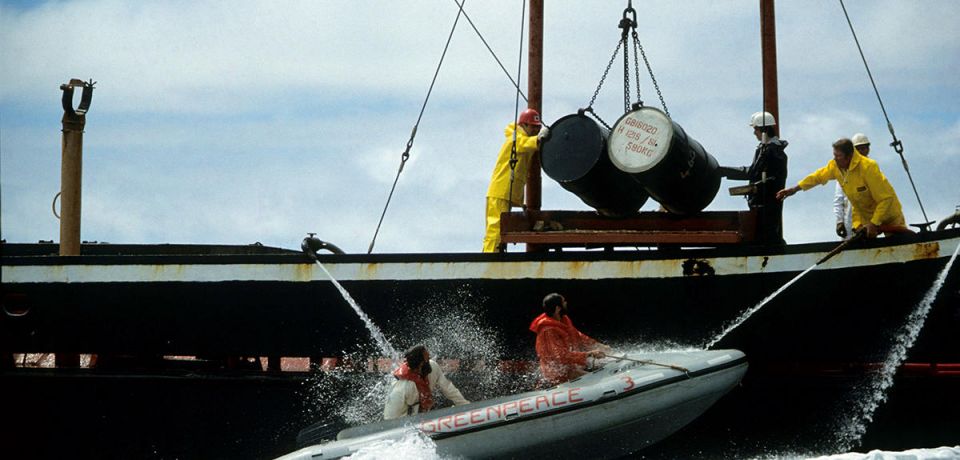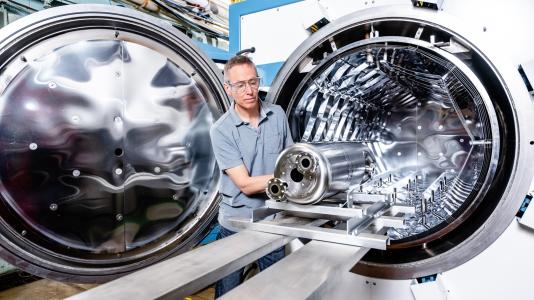DOE-EM outlines its cleanup goals for the coming decade
The Department of Energy’s Office of Environmental Management has released its Strategic Vision 2023–2033, a blueprint of the office’s anticipated cleanup achievements over the next decade. DOE-EM said the strategic vision is focused on the priorities of addressing radioactive liquid tank waste, demolishing contaminated buildings, remediating contaminated soil and groundwater, and safely managing and disposing of waste.
“The Strategic Vision 2023–2033 is intended to help us gaze further out to a place we want to be in the future,” DOE-EM senior advisor William “Ike” White said. “It sets EM on a course that will span a decade and inspire us all to achieve EM’s vital nuclear cleanup mission.”




